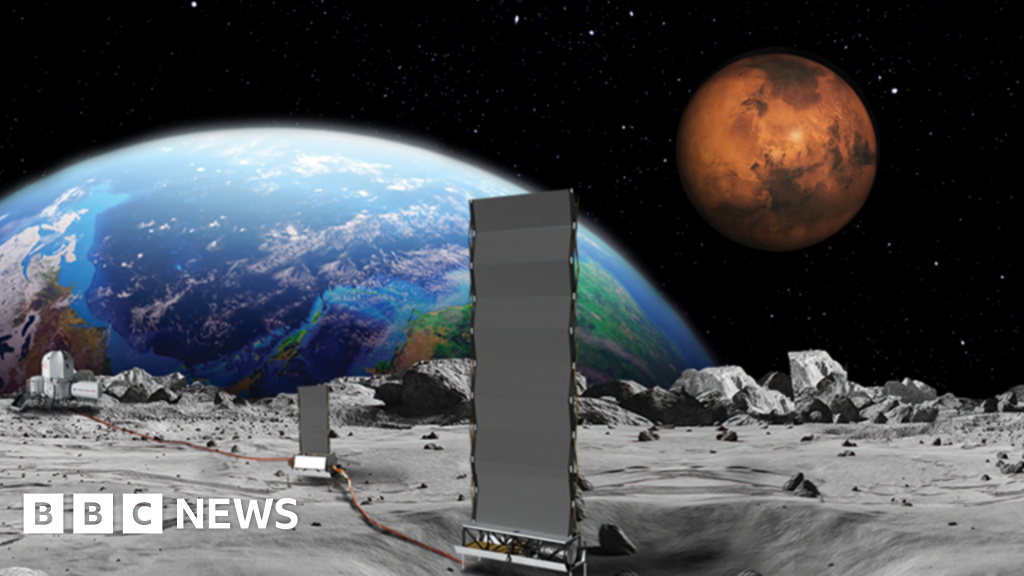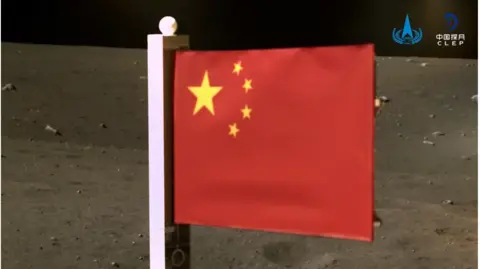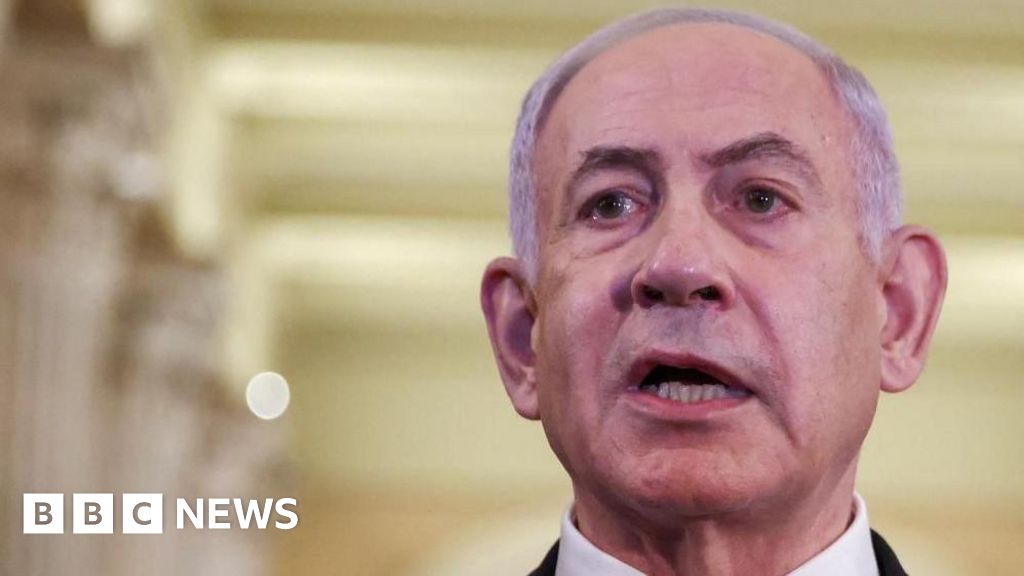Nasa to build nuclear reactor on the Moon by 2030 – US media

Georgina Rannard
Science correspondent

 NASA
NASA
US space agency Nasa will fast-track plans to build a nuclear reactor on the Moon by 2030, according to US media.
It is part of US ambitions to build a permanent base for humans to live on the lunar surface.
According to Politico, the acting head of Nasa referred to similar plans by China and Russia and said those two countries “could potentially declare a keep-out zone” on the Moon.
But questions remain about how realistic the goal and timeframe are, given recent and steep Nasa budget cuts, and some scientists are concerned that the plans are driven by geopolitical goals.
Nations including US, China, Russia, India and Japan are rushing to explore the Moon’s surface, with some planning permanent human settlements.
“To properly advance this critical technology to be able to support a future lunar economy, high power energy generation on Mars, and to strengthen our national security in space, it is imperative the agency move quickly,” US transport secretary Sean Duffy, who was appointed temporary head of Nasa by President Donald Trump, wrote to Nasa, according to the New York Times.
Mr Duffy called for proposals from commercial companies to build a reactor that could generate at least 100 kilowatts of power.
This is relatively small. A typical on-shore wind turbine generates 2-3 megawatts.
The idea of building a nuclear reactor as a power source on the Moon is not new.
In 2022 Nasa issued three $5m contracts to companies to design a reactor.
And in May this year, China and Russia announced they plan to build an automated nuclear power station on the Moon by 2035.
Many scientists agree that it would be the best or perhaps only way to provide continuous power on the lunar surface.
One lunar day is equivalent to four weeks on Earth, made up of two weeks of continual sunshine and two weeks of darkness. That makes relying on solar power very challenging.

 CNSA/CLEP
CNSA/CLEP
“Building even a modest lunar habitat to accommodate a small crew would demand megawatt-scale power generation. Solar arrays and batteries alone cannot reliably meet those demands,” suggests Dr Sungwoo Lim, senior lecturer in space applications, exploration and instrumentation at the university of Surrey
“Nuclear energy is not just desirable, it is inevitable,” he adds.
Lionel Wilson, professor of earth and planetary sciences at Lancaster University, believes it is technically possible to place the reactors on the Moon by 2030 “given the commitment of enough money”, and he highlights that there are already designs for small reactors.
“It’s just a matter of having enough Artemis launches to build the infrastructure on the Moon by then,” he adds, referring to Nasa’s Artemis spaceflight programme that aims to send people and equipment to the Moon.
There are also some questions around safety.
“Launching radioactive material through the Earth’s atmosphere brings safety concerns. You have to have a special license to do that, but it is not insurmountable,” says Dr Simeon Barber, planetary science specialist at the Open University.
Mr Duffy’s directive came as a surprise following recent turmoil in Nasa after Mr Trump’s administration announced cuts of 24% to Nasa’s budgets in 2026.
That includes cuts to a significant number of science programmes such as the Mars Sample Return that aims to return samples from the planet’s surface to Earth.
Scientists are also concerned that this announcement is a politically-motivated move in the new international race to the Moon.
“It seems that we’re going back into the old first space race days of competition, which, from a scientific perspective, is a little bit disappointing and concerning,” says Dr Barber.
“Competition can create innovation, but if there’s a narrower focus on national interest and on establishing ownership, then you can lose sight of the bigger picture which is exploring the solar system and beyond,” he adds.
Mr Duffy’s comments about the potential for China and Russia to potentially “declare a keep-out zone” on the Moon appear to be referring to an agreement called the Artemis accords.
In 2020 seven nations signed the agreement to establish principles on how countries should co-operate on the Moon’s surface.
The accords include so-called safety zones to be established around operations and assets that counties build on the Moon.
“If you build a nuclear reactor or or any kind of base on the moon, you can then start claiming that you have a safety zone around it, because you have equipment there,” says Dr Barber.
“To some people, this is tantamount to, “we own this bit of the moon, we’re going to operate here and and you can’t come in”,” he explains.
Dr Barber points out that there are hurdles to overcome before placing a nuclear reactor on the Moon for humans to use.
Nasa’s Artemis 3 aims to send humans to the lunar surface in 2027, but it has faced a series of set-backs and uncertainty around funding.
“If you’ve got nuclear power for a base, but you’ve got no way of getting people and equipment there, then it’s not much use,” he added.
“The plans don’t appear very joined up at the moment,” he said.













